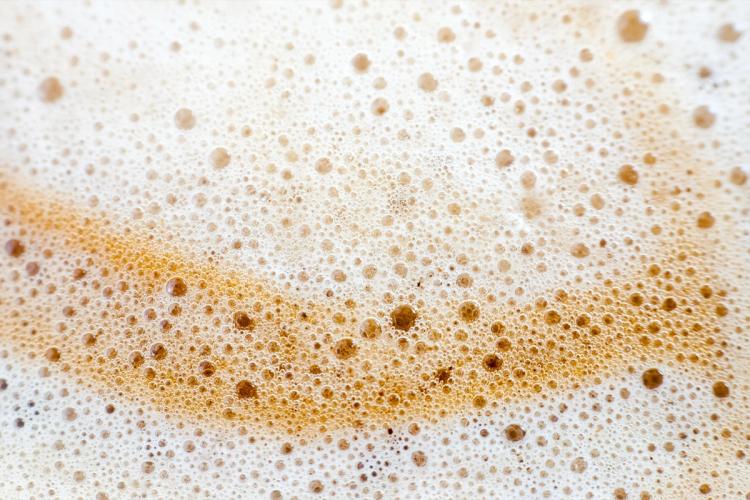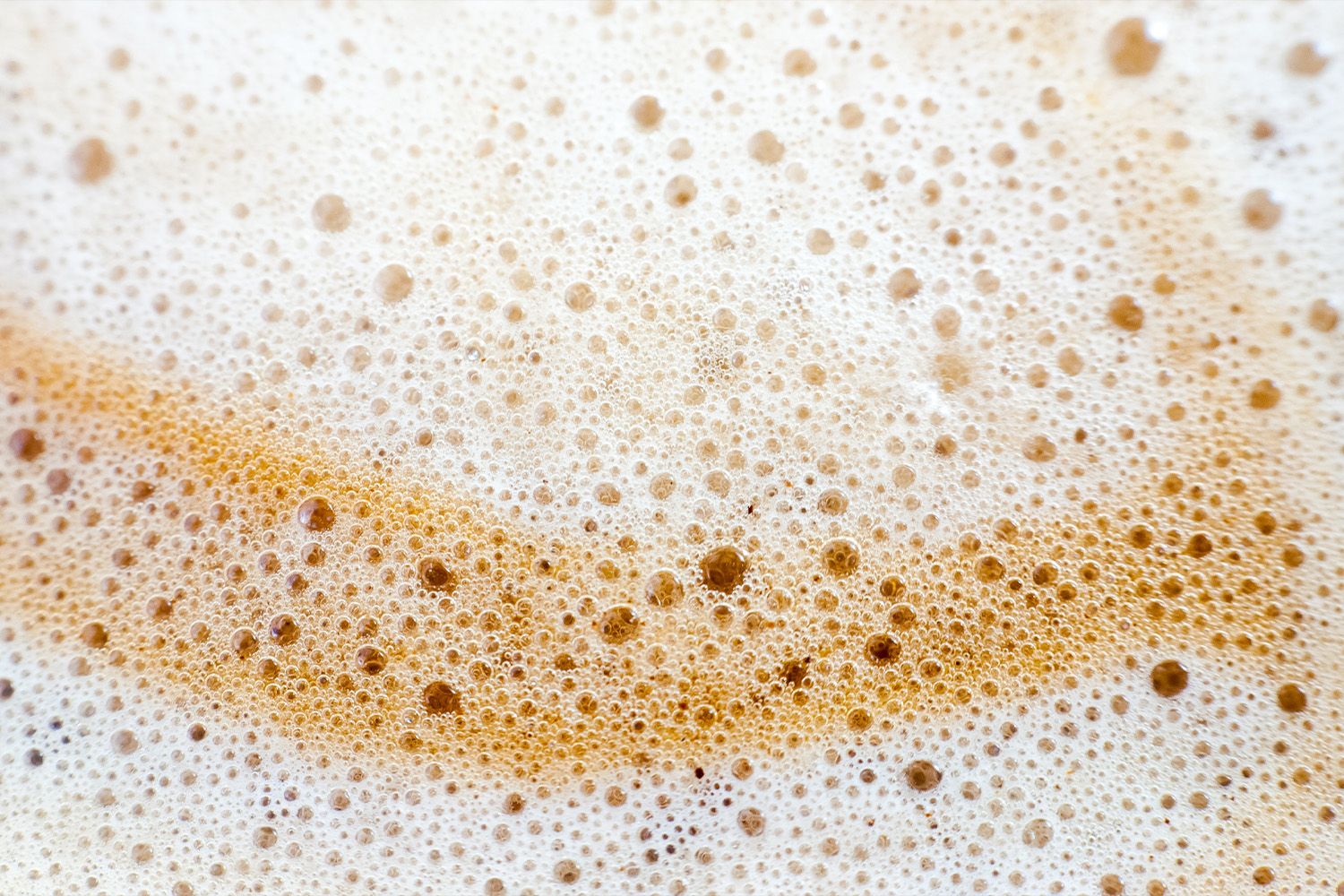
How To Make Foam for Coffee: Lattes, Sweet Foam, and More
Coffee and milk are one of the greatest combinations out there. It’s such a classic combo that you won’t find a coffee shop that doesn’t serve milk with their coffee. It’s simply an industry standard and an expectation at this point.
One of the best ways to enjoy milk and coffee is by creating foam with the milk to add a new texture to the mix. You’ll see foam in all sorts of coffee drinks with milk, but it can be tough to replicate at home.
So today, we’re going to walk through some ways that you can make delicious foam for your coffee at home. We’ll discuss some general foam-making principles and then get into specific recipes we know you’ll enjoy.
What Is Milk Foam?
First, let’s start by defining what exactly milk foam is. Then we can have a clearer picture of how to make it and how to make it well.
Milk foam is essentially milk that has been incorporated with thousands of tiny air bubbles to create a new texture. Through various processes, you can add these air bubbles to the milk, increasing its volume and making the texture of the milk much lighter.
This light texture is a great way to enjoy milk with coffee. The soft, creamy foam pairs well with smooth, rich coffee. It’s a contrast that is very easy to enjoy.
It’s especially good to incorporate sweetener or flavor into the milk before foaming it. This sweet cream goes super well with the rich, bitter coffee.
What’s the Difference Between Good and Bad Foam
When making milk foam, there are a few guidelines you’ll want to follow to ensure that you get a desirable result that will make your coffee frothy and delicious.
There are a couple of ways to make bad milk foam: over-frothing and under-frothing. Overfrothed milk will have huge bubbles in it that won’t go away. It will make for a texture that’s not smooth and uniform. It will be gloppy, and you’ll be able to see a bunch of bubbles in the milk.
Underfrothed milk doesn’t have enough aeration in it. This results in a runny texture that’s basically just milk as it was.
The key is to find the balance between the two. You want to aerate the milk just right so that there are thousands of tiny bubbles throughout the milk to give it a uniform, foamy texture that’s smooth and easy to pour. You shouldn’t be able to see the bubbles too well, but you should be able to see a clear foam, and the milk should increase in volume.
A History of Milk Foam
People didn’t start foaming their milk until relatively recently in human history. People did not start enjoying milk or cream in their coffee until the 1700s. This tradition started in Vienna, where drip coffee was enjoyed with whipped cream and spices.
Although whipped cream is similar to milk foam, it has a different texture and is also made differently.
We didn’t start drinking coffee with milk foam until the invention of the espresso machine in the late 1800s, but the trend didn’t catch on until espresso became popular worldwide in the 1930s.
Espresso machines use pressure and steam to brew the concentrated version of coffee we know as espresso. These machines have boilers that generate enough pressure to force water through very finely ground coffee at nine bars of pressure.
This pressure can also be used to foam milk. Espresso machines come equipped with a steam wand. It’s a hollow, stainless steel wand with holes at the end. Steam runs through the wand and out the holes into the milk, quickly heating and aerating the milk. You can use this process to create hot milk foam. This was the first milk foam that was enjoyed with coffee.
The primary drink enjoyed this way was named after the Capucin monks and their iconic brown hoods, and it is still known today as the cappuccino due to its distinct brown color.
Over the past century, we’ve devised a few more ways to create milk foam, and it’s become much more accessible. We now know how to make cold milk foam and create lots of different drinks with this amazing ingredient.
How Do I Make Milk Foam for Coffee?
There are a few different ways to create milk foam at home, and we’re going to walk through three of them.
Espresso Machines
As we mentioned above, espresso machines come equipped with a steam wand, so you can easily make steamed milk and milk foam with your espresso machine. Here’s how to get nice milk foam with your espresso machine.
First, you’re going to need a stainless steel pitcher. Pour your milk inside, pull out your steam wand, and submerge it in it. Now turn on your steam wand, holding it just to the side of the center of the milk. The wand's tip should be just beneath the surface of the milk.
The steam will stir the milk, forming a whirlpool in the pitcher. Keep the tip of the want just beneath the surface and just off-center to keep that whirlpool going. To aerate the milk, gently lower the pitcher so that the tip of the wand appears above the surface for a brief second. You should hear a hiss when this happens.
Repeat this hissing process three to five times until the milk gets up to temperature. Don’t let the milk get too hot, or it will burn. Now turn the steam wand off and then remove the wand from the milk completely. And there you have some amazing steamed milk with beautiful foam on top.
This will take a bit of practice to get right, but once you do, this method gives you the best texture for enjoying milk foam with coffee, and you can even make fancy latte art with it. However, there are some downsides.
Steam wands obviously use steam, so they can only make hot foam, not cold foam. In addition, this method will leave steamed milk in the cup, so it’s best for cappuccinos, lattes, and other drinks that require some milk, not just foam.
Electric Milk Frothers
Next, we have electric milk frothers. These beauties have come around in recent years and are now a common tool in many kitchens. It’s a battery-powered wand that can make milk foam in seconds.
Simply put your milk frother in a glass of milk, turn it on, and move it up and down for about 20 seconds to create amazing milk foam that you can use for a latte or to top off another coffee drink.
The great part about these is that they can be used for hot or cold milk to make either hot or cold foam. They’re versatile, easy to use, and don't require heavy machinery like an espresso machine and steam wand.
Manual Milk Frothers
There are also manual milk frothers that allow you to froth your milk by hand. These small machines were invented in the 90s and resemble a french press. It’s a container with a mesh plunger that fits perfectly inside the container.
Simply add hot or cold milk to the container and move the plunger up and down to force air into the milk. In a few seconds, you’ll have milk with a nice foam on top that you can use for hot or cold drinks.
There are a few problems with this method. It takes a little extra work with all the up-and-down motion. In addition, this machine has a lot of parts with various nooks and crannies, making it fairly difficult to clean.
On top of that, it doesn’t make the most reliable milk foam. It’s very easy to overaerate the milk and create a thick, gloppy foam with bubbles that are too big. It still gives you foam, but it might not be as good as other methods.
So What’s the Best Way To Make Foam?
For most people who want to make foam in their homes, an electric milk frother is the way to go. It’s an affordable option that gives a good result that can be flexible for both hot and cold drinks.
Add some sweetener and spices to make a sweet foam to top your iced coffee, use regular milk with light aeration to make a homemade latte with some Javy coffee concentrate, or get some extra foam in your milk for a delicious cappuccino. Delicious, fluffy foam is at your fingertips with a simple, small machine.
For more information about coffee, delicious coffee recipes, and a great selection of delicious coffee concentrates, check out Javy.com!
Sources
How Espresso Machines Work: The Engineering Inside | American Society of Mechanical Engineers




